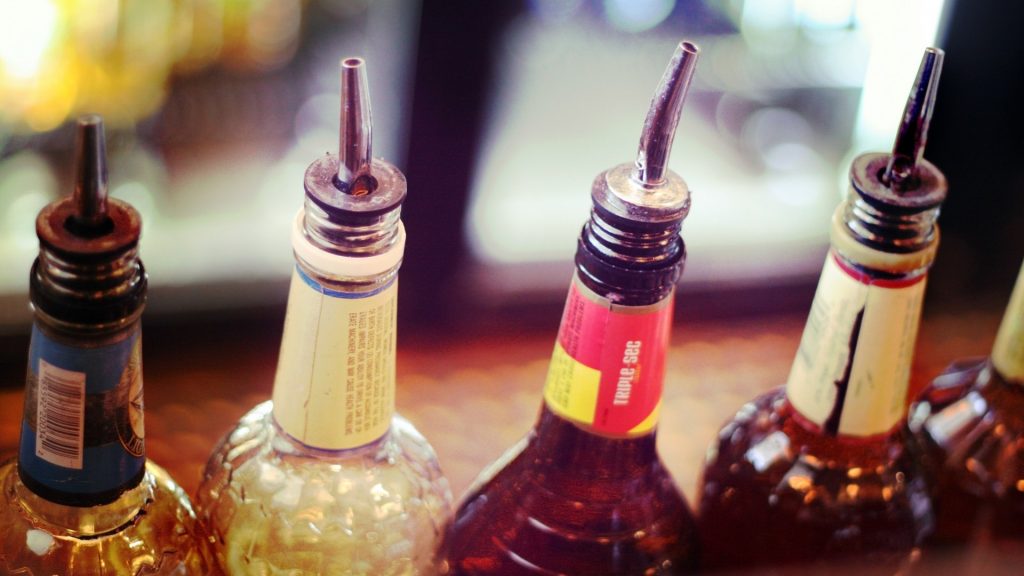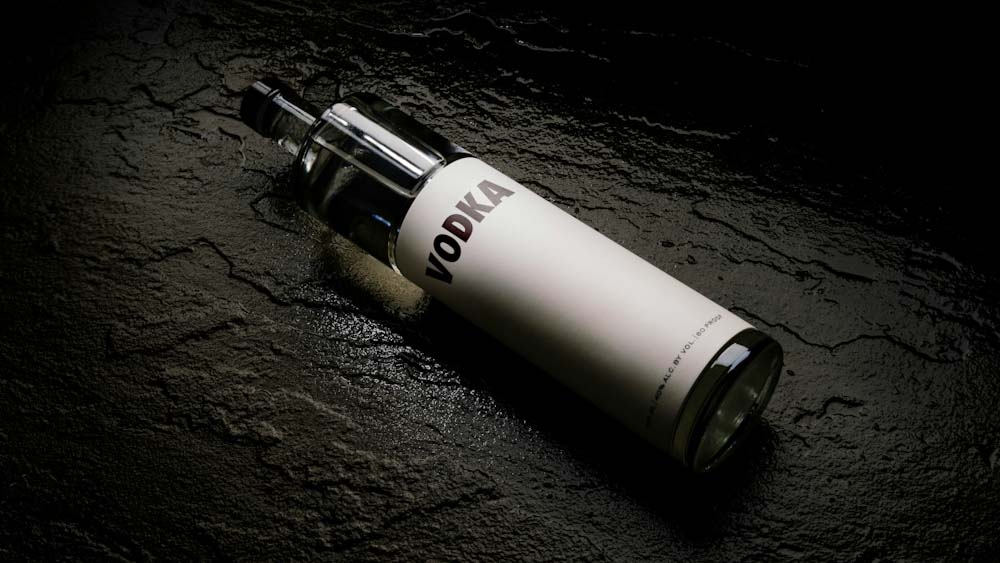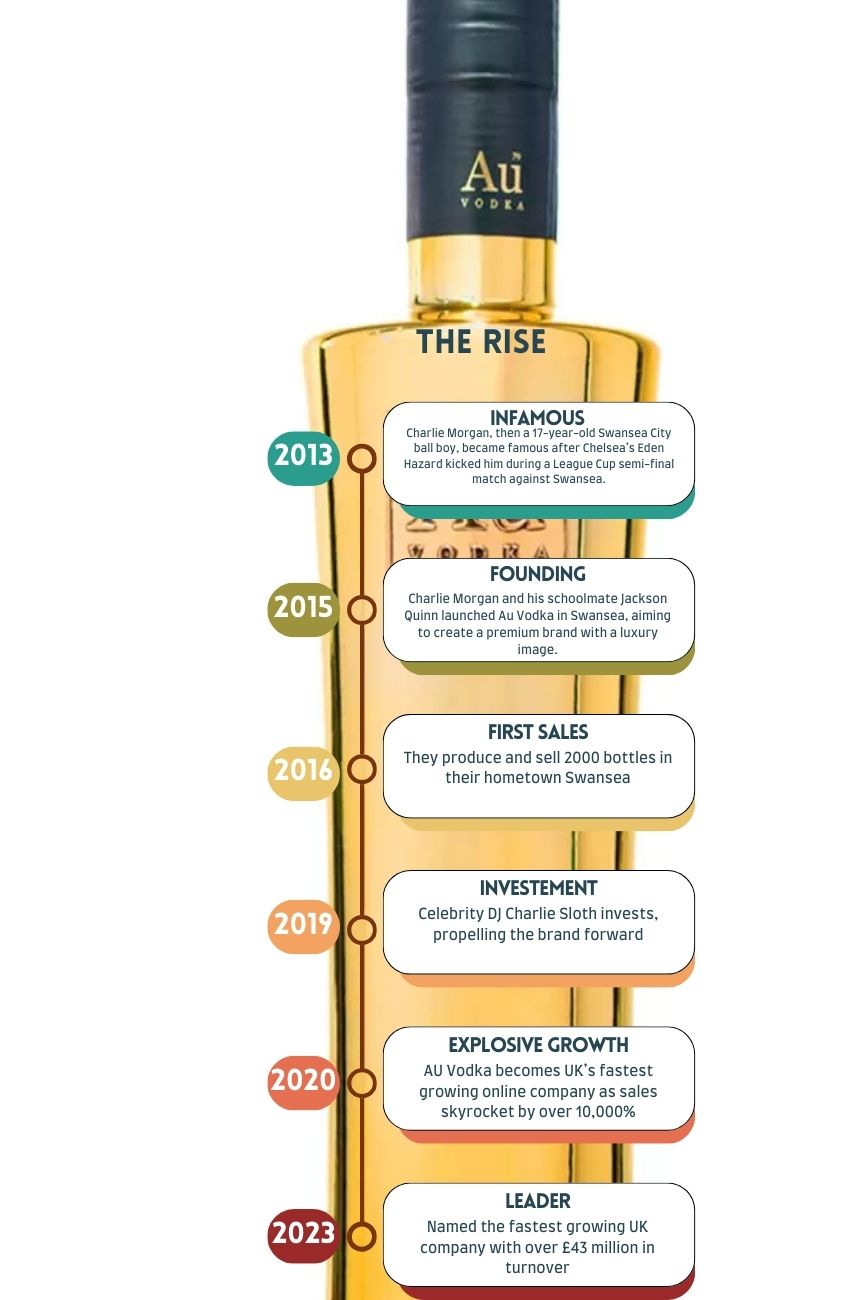As a Welsh vodka company unveils its flashy new headquarters, questions arise over the brand’s bold marketing tactics and whether the industry has a larger problem?

A brand new facility complete with a fleet of gold-wrapped luxury cars parked outside. It’s a testament to the financial clout of one of the UK’s newest premium drinks brands.
AU Vodka is positioned at the luxury end of the alcohol market. Yet, with its brightly coloured bottles and flavours such as bubblegum and strawberry, critics argue its marketing tactics could be enticing younger consumers.
This concern was recently highlighted by a complaint to the Portman Group, the UK alcohol industry regulator. The Wine and Spirit Trade Association raised concerns that AU Vodka’s branding and flavour choices could appeal to underage drinkers. However, the complaint was not upheld, with the panel ruling that AU Vodka’s packaging did not violate industry codes. Despite this decision, the wider debate around alcohol marketing and its influence on young consumers continues.

Andrew Misell, Director for Wales at Alcohol Change UK, a national alcohol charity, has spent over 15 years working to minimise alcohol-related harm. While acknowledging the UK’s deep-rooted drinking culture, he stresses the importance of responsible alcohol management. “If we are going to be a drinking society, we need to manage that in such a way that some of the collateral damage is prevented,” he says.
The trend of sweeter alcoholic drinks entering the market is not new. Misell explains, “Since the 1990s, we’ve seen drinks companies present sweeter options to the market. They realise there is a cohort of people who’ve grown up on sweet drinks. If you want to attract them into the alcohol market, you need to provide them with sweet alcoholic drinks.” While brands like AU Vodka contribute to this trend, they are not alone in doing so.
Another challenge lies in social media marketing, an area where traditional advertising regulations struggle to keep pace. Influencers and celebrities frequently promote alcoholic brands online, raising concerns about how such promotions reach younger audiences. “We’ve never really got to grips with the advertising of alcohol on social media,” Misell admits. “We have comprehensive codes for television and billboards, but online, it’s a different story. Age verification is trivially easy to sidestep.”

Beyond branding and social media, affordability remains a significant factor in youth drinking trends. Misell notes that in the past, younger drinkers often prioritised cost over packaging or marketing appeal. “They weren’t buying those big bottles of cider because they tasted nice or looked good. They bought them because they were cheap,” he says.
Defenders of premium brands like AU Vodka argue that their products cater to a broad adult audience, including those who enjoy nostalgic flavours. Their recent expansion and growing market presence indicate their success in cultivating a dedicated consumer base. However, the broader conversation about alcohol marketing and its social impact remains ongoing.
For Misell, the key question remains: where should the line be drawn? “It’s hard to know who they’re aiming at without asking them,” he says. “But most alcohol companies are very good at what they do—selling a pretty mundane product by making it look attractive.”

As AU Vodka celebrates the launch of its new HQ, the discussion surrounding the alcohol industry’s marketing strategies continues. The balance between innovation, responsibility, and regulation will shape the future of the industry, with brands across the sector remaining under scrutiny. With changing consumer habits and growing public awareness of alcohol-related harm, companies will likely face increasing pressure to demonstrate ethical marketing practices. How regulators respond to these concerns, particularly in the realm of digital advertising, will be key in determining the landscape of alcohol marketing in the years to come.
